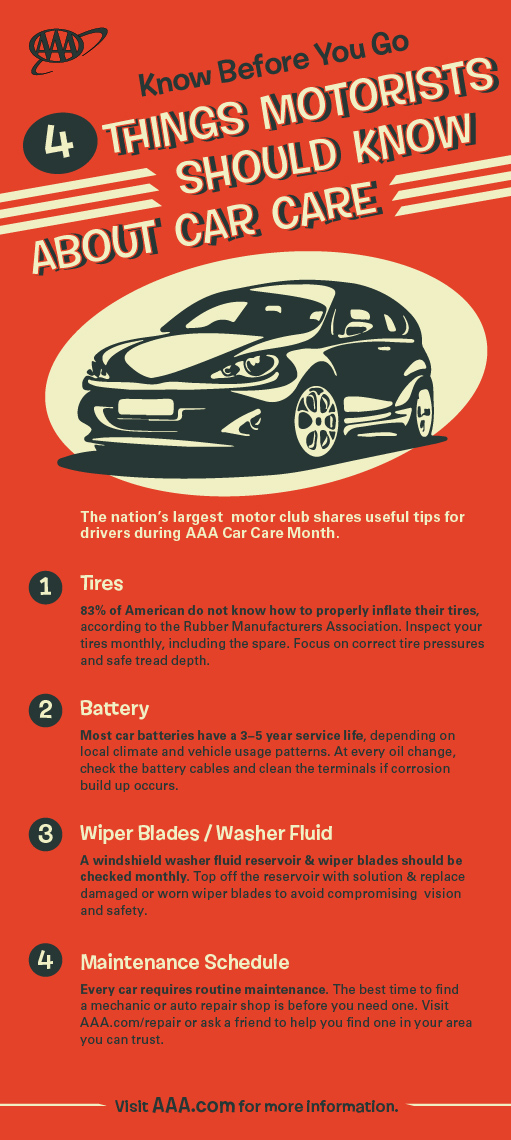Understanding The Significance Of Your Vehicle'S Warning Signals: What They In Fact Represent
Understanding The Significance Of Your Vehicle'S Warning Signals: What They In Fact Represent
Blog Article
Produced By-Lim Dalgaard
When you lag the wheel, those beautiful caution lights on your dashboard can be a little bit complicated. Do you understand what they're trying to tell you concerning your car's wellness? Understanding the relevance of these lights is vital for your safety and security and the longevity of your automobile. So, the next time one of those lights appears, wouldn't you intend to decode its message precisely and take the required actions to address it?
Common Warning Lights and Interpretations
Determine common caution lights in your automobile and recognize their definitions to guarantee risk-free driving.
The most common warning lights include the check engine light, which signals issues with the engine or emissions system. If this light begins, it's crucial to have your lorry examined without delay.
The oil stress warning light indicates reduced oil stress, requiring immediate interest to stop engine damage.
A blinking battery light may recommend a faulty charging system, possibly leaving you stranded otherwise addressed.
The tire stress monitoring system (TPMS) light signals you to reduced tire stress, impacting automobile security and gas effectiveness. Ignoring this can cause dangerous driving conditions.
The abdominal muscle light suggests an issue with the anti-lock braking system, jeopardizing your capacity to stop swiftly in emergencies.
Last but not least, the coolant temperature advising light warns of engine getting too hot, which can result in serious damage if not settled quickly.
Recognizing these typical caution lights will certainly assist you resolve concerns immediately and keep risk-free driving conditions.
Significance of Prompt Focus
Recognizing the typical caution lights in your cars and truck is just the first step; the value of without delay attending to these warnings can't be highlighted sufficient to ensure your safety and security on the road.
When a warning light illuminates on your control panel, it's your automobile's method of communicating a possible problem that needs focus. Ignoring these warnings can result in a lot more serious troubles in the future, compromising your safety and security and possibly costing you more in repairs.
Motivate interest to alerting lights can avoid failures and crashes. For example, a blinking check engine light could show a misfire that, if left neglected, could trigger damages to the catalytic converter. Resolving https://www.capradio.org/articles/2022/05/24/going-electric-california-car-mandate-would-hit-mechanics-hard/ can save you from a pricey repair service.
Similarly, a brake system cautioning light may signify reduced brake fluid or worn brake pads, vital parts for your security when driving.
DIY Troubleshooting Tips
If you notice a warning light on your control panel, there are a couple of DIY repairing tips you can attempt prior to seeking expert assistance.
The primary step is to consult your cars and truck's manual to recognize what the certain warning light shows. Often https://oilchangeplacesnearme39506.win-blog.com/11484855/insights-from-the-field-a-specialist-automobile-detailer-s-guide-to-best-practices can be as straightforward as a loose gas cap setting off the check engine light. Tightening the gas cap may settle the problem.
An additional usual issue is a low battery, which can cause different warning lights. Inspecting the battery connections for rust and ensuring they're secure could fix the issue.
If a warning light lingers, you can attempt resetting it by disconnecting the vehicle's battery for a couple of mins and then reconnecting it. In addition, examining your car's liquid degrees, such as oil, coolant, and brake liquid, can aid fix warning lights associated with these systems.
Verdict
To conclude, recognizing your auto's warning lights is crucial for maintaining your vehicle running efficiently and safely. By without delay dealing with these alerts and understanding what they indicate, you can prevent costly repairs and potential breakdowns.
Keep in mind to consult your auto's manual for certain information on each cautioning light and act accordingly to make certain a hassle-free driving experience.
Keep notified, stay safe on the road!
